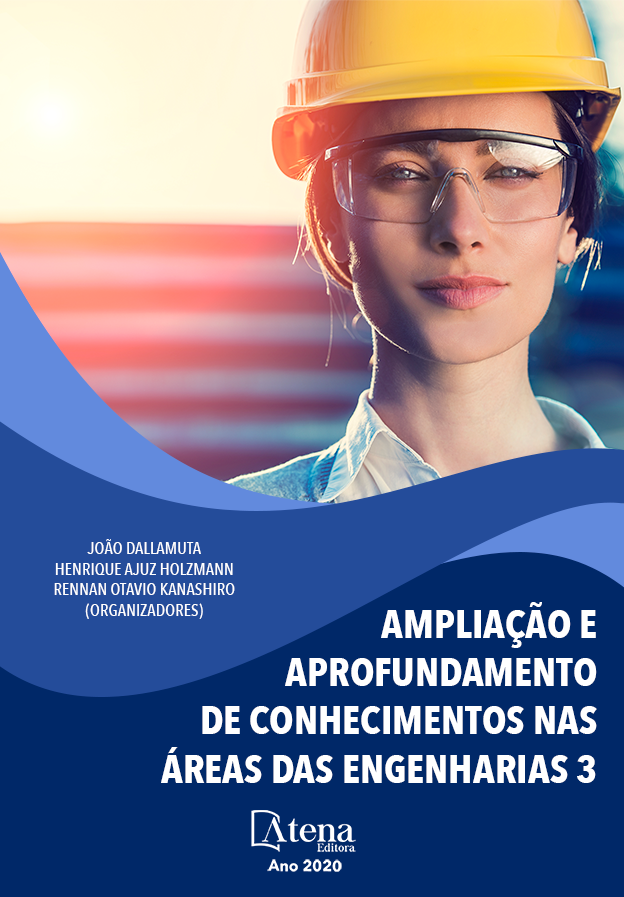
TRATAMENTO DE METAIS PESADOS PRESENTES EM RESÍDUOS SÓLIDOS PERIGOSOS POR ESTABILIZAÇÃO E SOLIDIFICAÇÃO EM MATRIZ DE CIMENTO
Este trabalho tem como objetivo apresentar uma alternativa para o tratamento de metais pesados existentes em resíduos sólidos perigosos por meio da técnica de estabilização e solidificação utilizando como material estabilizante o cimento Portland comum. O planejamento experimental consistiu em três etapas: elaboração de corpos de prova com resíduos sólidos de laboratório contaminados com zinco e cádmio adotando concentrações de 0%, 10%, 30% e 45%, com tempos de cura de 7 e 28 dias, realização dos ensaios de resistência à compressão do material estabilizado, ensaio de pH e análise estatística dos dados. O aumento da concentração de resíduos tóxicos da matriz influenciou de forma significativa na redução da resistência física do material além de reduzir significativamente o pH do extrato dos corpos de prova. A resistência física dos materiais se apresentou maior no aumento do tempo de cura e no decréscimo da percentagem de %RSL. Os valores obtidos no ensaio de integridade do material obtiveram valores acima de 1 MPa, apresentando-se dentro dos limites para materiais estabilizados por solidificação, e o pH das médias mostrou-se dentro da faixa esperada para precipitação dos metais.
TRATAMENTO DE METAIS PESADOS PRESENTES EM RESÍDUOS SÓLIDOS PERIGOSOS POR ESTABILIZAÇÃO E SOLIDIFICAÇÃO EM MATRIZ DE CIMENTO
-
DOI: 10.22533/at.ed.8972017098
-
Palavras-chave: estabilização/solidificação, resíduos tóxicos, meio ambiente
-
Keywords: stabilization/solidification, toxic waste, environment.
-
Abstract:
This work aims to present an alternative for the treatment of heavy metals in hazardous solid waste by stabilization and solidification technique using as stabilizer material the common Portland cement. The experimental design consisted of three steps: elaboration of specimens with laboratory solid residues contaminated with zinc and cadmium adopting concentrations of 0%, 10%, 30% and 45%, with curing times of 7 and 28 days, performance of compressive strength tests of the stabilized material, pH test and statistical analysis of the data. The increase in the concentration of toxic matrix residues had a significant influence on the reduction of the material physical resistance and significantly reduced the pH of the specimen extract. The physical strength of the materials was higher by increasing the cure time and reducing the %RSL percentage. The values obtained in the material integrity test obtained values above 1 MPa, within the limits for materials stabilized by solidification, and the pH of the averages was within the expected range for metal precipitation.
-
Número de páginas: 17
- André Luiz Fiquene de Brito
- EDER SAULO DE FREITAS GALINDO


